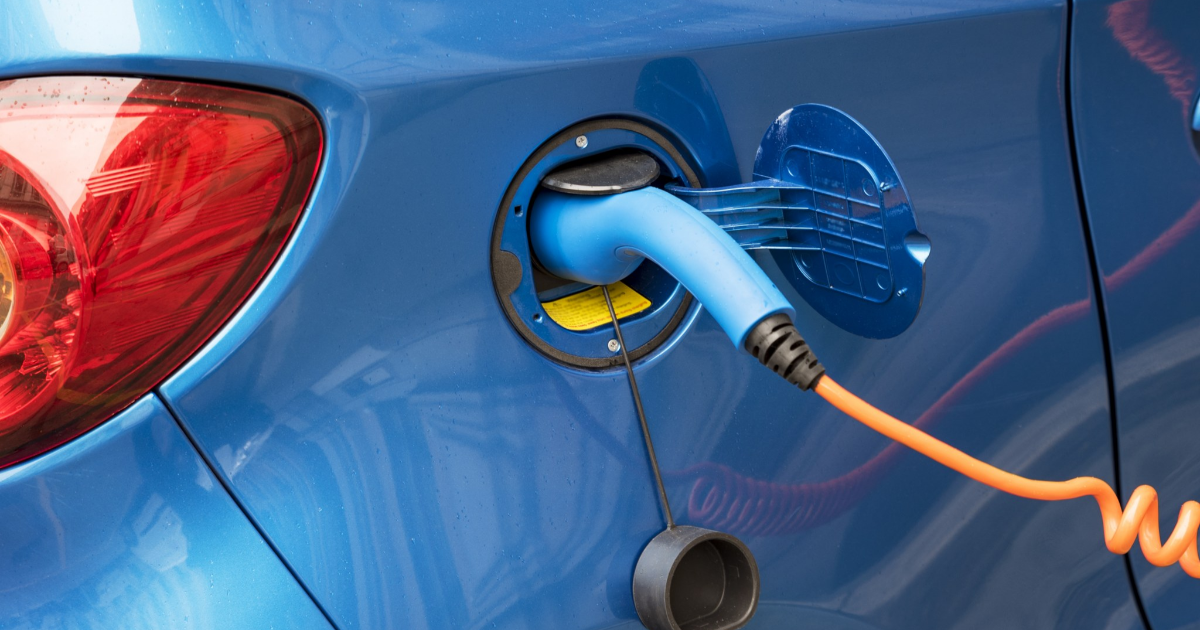Network for recharging and refuelling electric and gas cars extending in Finland

The electricity and gas distribution network for cars has expanded rapidly in Finland, even though there are shadow areas too. Finland is reaching, and has already partly exceeded, its 2020 target in terms of both distribution infrastructure enlargement and the number of electric and gas cars.
"The distribution network for electricity and gas has expanded very rapidly. Several companies in Finland are constructing recharging and refuelling infrastructures for cars to create new business," says Minister of Transport and Communications Timo Harakka.
"At this rate, we are going beyond our earlier target of having at least 250,000 electric cars in Finland by 2030. When drawing up a roadmap for fossil-free transport, the targets for alternative fuels should be reassessed," Minister Harakka says.
According to the EU Directive on the Deployment of Alternative Fuels Infrastructure, Member States must promote the market for renewable and emission-free alternatives, such as electricity and methane. In April 2019, the Ministry of Transport and Communications set up a working group to assess how the 2016 targets in Finland have been met. Finland submitted a report to the Commission in November 2019 and the working group assessed how the objectives could be revised. The Ministerial Working Group on Climate and Energy Policy took note of the report on 26 February 2020.
Recharging network for electric cars is growing rapidly
In September 2019, there was one public recharging point per nine cars. The number exceeds the recommendation in the Directive, which is one recharging point per ten cars.
The geographical distribution of the recharging points for electric cars is uneven; the majority of the points are located in areas with the highest number of electric cars. Around 48% of all recharging points in Finland are in the Greater Helsinki area, Tampere and Turku.
It seems that the most significant bottleneck in the electrification of transport is not the recharging infrastructure available to the public but charging arranged in private buildings, such as in parking lots for housing companies or offices. From the perspective of electricity generation, it would be most sensible to recharge electric cars at night when other consumption is low. It would be desirable that the place where the car is parked at night had a recharging point. However, building a recharging point in the yard of a housing company is not always possible, even if the expenses were paid by the owner of the electric car.
In terms of the number of electric cars, the target set for Finland is about 20,000 in 2020 and at least 250,000 by 2030. The targets set for 2020 have already been exceeded, with some 25,000 rechargeable hybrids and full electric cars in September 2019. According to current estimates, the targets set for 2030 are likely to be exceeded as well. However, electric cars and other cars powered by alternative fuels account for only 1.6% of all passenger cars.
Number of gas refuelling stations increasing
The 2020 target is to have approximately 50 transport gas refuelling stations. It will be achieved, since in the autumn of 2019 the number of refuelling stations for compressed gas totalled 44 and three were under construction.
The aim is that the number of gas cars in Finland will reach 5,000 in 2020 and 50,000 by 2030. The targets set for 2020 have already been exceeded, as in September 2019 the number of gas passenger cars totalled 8,100. The targets set for 2030 are also likely to be met and possibly exceeded, if the production of cars remains unchanged.
In contrast, the use of hydrogen in transport has not progressed in Finland on market terms.
According to the EU Directive on the Deployment of Alternative Fuels Infrastructure, which entered into force in October 2014, Member States must promote the market for alternative fuels in transport. Every three years, Member States have to submit to the Commission a report on the implementation of their national policy concerning the alternative fuels infrastructure. Finland submitted its report in November 2019.
What are the next steps?
A Ministry of Transport and Communications working group on a roadmap for fossil-free transport is preparing a plan on how to reduce greenhouse gas emissions from domestic transport by 50% by 2030 and how to cut them to zero by 2045 at the latest. By then the power source for road transport would be electricity produced with renewable or emission-free raw materials, liquid biofuels and biogas.
Inquiries
Saara Jääskeläinen, Senior Adviser, tel. +358 40 015 3745, saara.jaaskelainen(at)lvm.fi, Twitter @SaaraJskelinen1
Eleonoora Eilittä, Senior Specialist, tel. +358 295 34 2089, eleonoora.eilitta(at)lvm.fi, Twitter @EleonooraE
Institutional Repository for the Government: Distribution network for alternative transport fuels. Finland's national plan (2017) (in Finnish)
Gateway to Information on Government Projects: Monitoring of the EU Directive on the Deployment of Alternative Fuels Infrastructure (LVM048:00/2019) (in Finnish)
EU Directive on the deployment of alternative fuels infrastructure (2014/94/EU)



